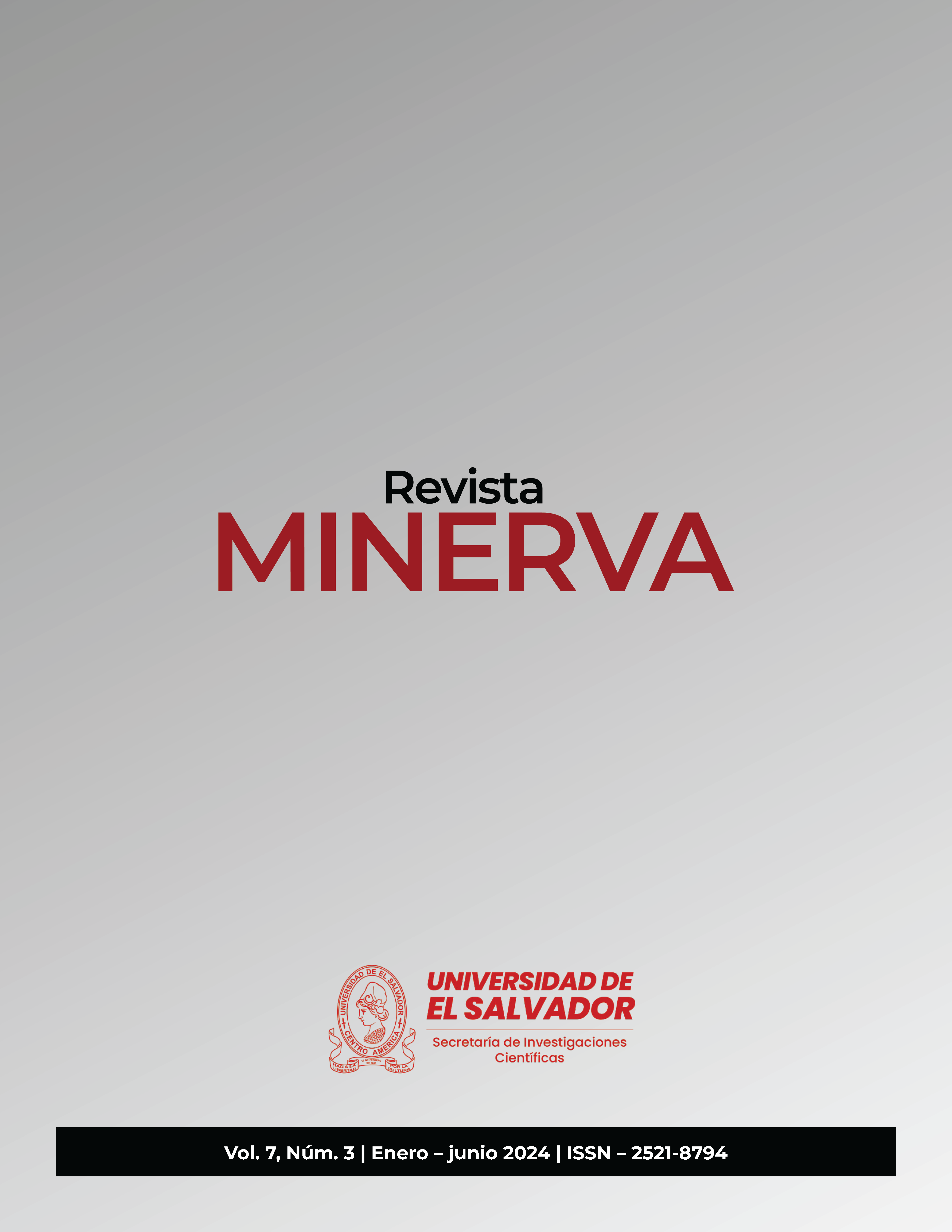Radial coverage study for the implementation of a sensor network with long range radio technology (LoRa)
DOI:
https://doi.org/10.5377/revminerva.v7i3.18910Keywords:
Gateway, ITU, spreading factor, attenuation, propagation, frequencyAbstract
Long Range (LoRa) technology, through the LoRaWAN protocol, allows efficient transmission of data over long distances with minimal resources, thus operating for a longer time. This technology is used mostly for monitoring and can be used in a large number of areas ranging from meteorology to medical applications. A coverage study was carried out in some sectors of the University of El Salvador between the months of November and December, where it sought to establish a methodology to predict the level of reception in various geographical conditions within it. To do this, various resources were used such as simulation software, mathematical models, field measurements with the Tektronix brand RSA306B spectrum analyzer and the TTGO LoRa 32 board, to determine its effectiveness under specific conditions. The data is tabulated, compared and the most appropriate tool is chosen according to the environment, which ranges from areas with a large presence of buildings to areas with dense vegetation.
242


